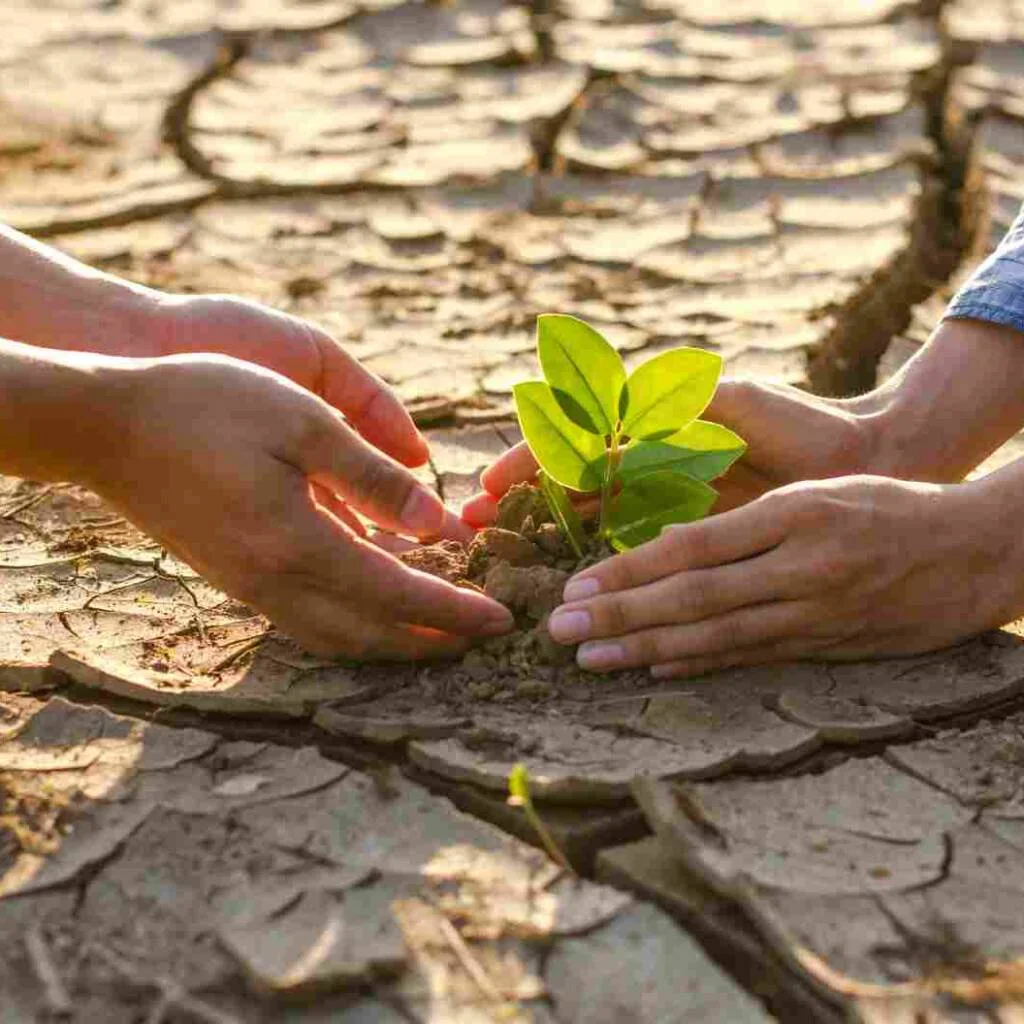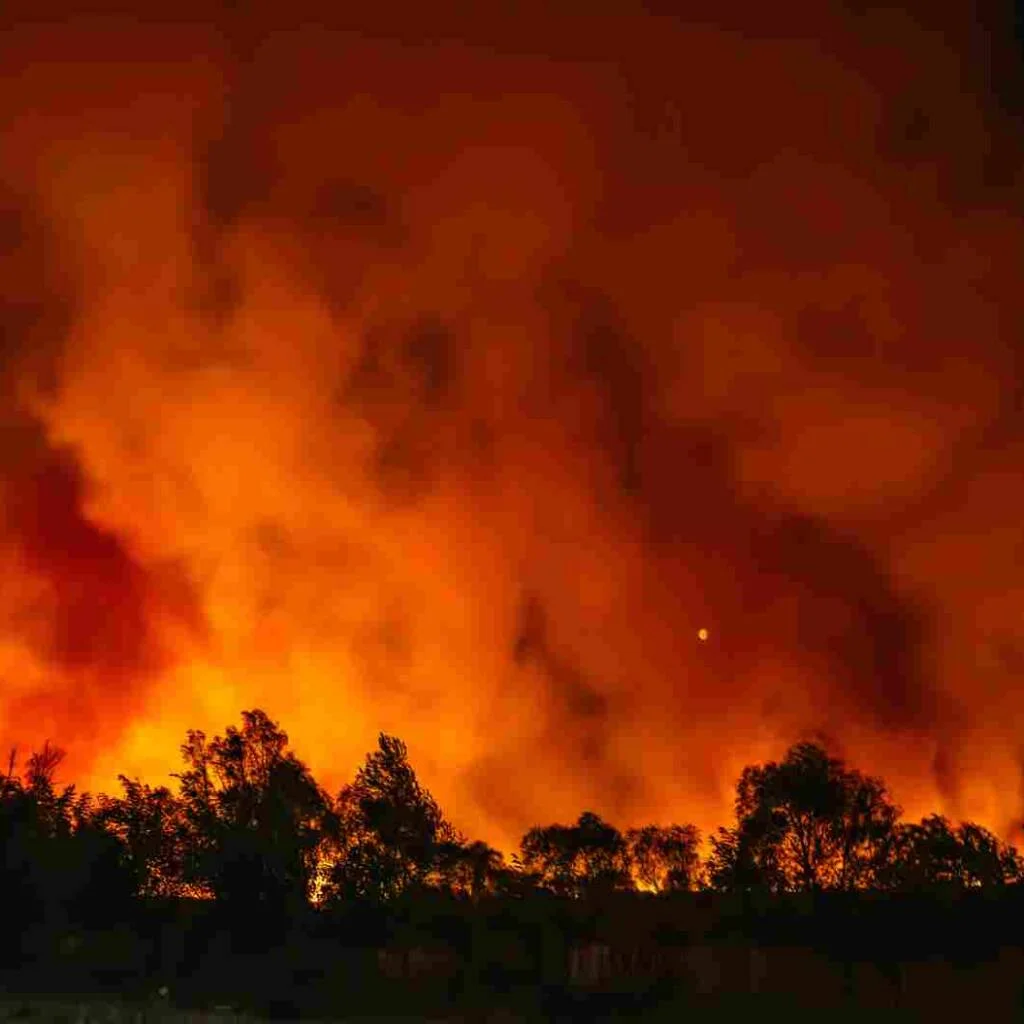



- Edit Column
The Environmental Benefits of Metal Roofing: A Deep Dive into Sustainable Choices
The Undeniable Environmental Perks of Opting for Metal Roofing
In today’s age, green living, sustainability, and carbon footprints are more than just buzzwords. Homeowners and businesses are on a relentless quest to reduce their environmental impact. While efforts to minimize single-use plastics and conserve water are often at the forefront, there’s another significant but occasionally overlooked avenue to eco-friendliness: the building materials we choose, especially our roofing.
The shift towards metal roofs in recent years is impossible to ignore. This movement prompts the question: Is this simply a fleeting trend in the construction arena, or is there substantive environmental rationale propelling it?
A compelling environmental benefit of metal roofing is its impressive lifespan. Traditional roofing materials, like asphalt, generally endure for about 15 to 20 years. However, a well-maintained metal roof can stand strong for 40 to 70 years, contingent on the specific metal and environmental conditions it faces. This extended lifespan implies fewer roof replacements, diminished waste in landfills, and a lower rate of resource consumption.
Moreover, metal roofs shine in the realm of energy efficiency. These roofs are adept at reflecting the sun’s rays back into the atmosphere, rather than absorbing and retaining the heat. The result? Homes with metal roofs tend to be cooler in scorching conditions. This not only reduces the reliance on air conditioning but also diminishes the associated energy consumption and greenhouse gas emissions.
Metal roofs are also champions of sustainable production. Many of them boast a considerable percentage of recycled content, thus minimizing the need for fresh raw materials and the environmental toll linked with mining. At the end of its long life, a metal roof doesn’t just fade into obsolescence; it’s 100% recyclable, setting it apart from materials like asphalt shingles that contribute immense waste annually.
This durability of metal roofing means less frequent replacements, consequently leading to a significant cutback in waste generation over its lifespan. On a broader scale, the reflective properties of metal roofs benefit entire communities. Localities with numerous reflective roofs can counteract the ‘Urban Heat Island’ effect, a phenomenon where urban regions experience markedly elevated temperatures due to human activities. This not only ensures cooler buildings and healthier indoor air quality but also staves off molds and other heat-induced pollutants.
To encapsulate, as our world reckons with the ramifications of climate change, every environmentally conscious decision counts. The roofing material might seem like a drop in the ocean, but its ripple effect on our ecological footprint is profound. Choosing metal roofing goes beyond durability and aesthetics; it’s a nod to sustainability, resource conservation, and a pledge to a greener future.
Diving Deeper into the Eco-Friendly Realm of Metal Roofing
The versatility of metal roofing, while widely acknowledged for its practical and aesthetic appeal, also plays a pivotal role in promoting environmental conservation. By mitigating a host of environmental issues that plague traditional roofing materials, metal roofing rises as a symbol of harmonious coexistence between man-made infrastructure and nature.
Perhaps one of the most understated aspects of metal roofing is its lightweight nature. Compared to the heft of tiles or concrete, metal roofs exert less stress on a building’s foundation and overall structure. This not only ensures the building’s longevity but also reduces the need for renovations and structural reinforcements. By circumventing these potentially resource-intensive interventions, metal roofing indirectly contributes to reduced consumption of construction materials and associated waste. This aspect, while seemingly indirect, aligns perfectly with the core ethos of sustainability – consuming less and preserving more.
One must also laud the resilience of metal roofing when confronting adversarial weather conditions. Whether it’s torrential rain, relentless hail, or howling winds, a well-installed metal roof remains steadfast. This robust resistance against nature’s whims means fewer repairs, replacements, and the inevitable resource consumption that follows such undertakings. The resultant decrease in resource utilization is a testament to metal roofing’s low environmental impact over its lifecycle.
Furthermore, there’s an elemental beauty in the harmonious relationship between metal roofs and rain. With their smooth, impermeable surfaces, metal roofs are perfectly suited for rainwater harvesting systems. The ability to seamlessly integrate such systems allows homeowners to tap into a sustainable water source, reducing dependence on municipal supplies. Rainwater collected from metal roofs typically bears less contamination than other roofing materials, enabling diverse domestic uses and promoting water conservation, an urgent need in today’s climate-challenged world.
An aspect of metal roofing that warrants special mention is its fire resistance. Clad with a Class A fire rating, the highest achievable, metal roofs stand as non-combustible guardians against wildfires, a growing concern in many parts of the world. Their innate ability to resist fire not only protects homes but also serves as a barrier against forest fires spreading to residential areas. This safeguarding characteristic diminishes the catastrophic environmental aftermath of widespread fires, ensuring habitats, ecosystems, and air quality remain less perturbed.
Moreover, the aesthetic appeal of metal roofs offers an intersection of sustainability and design, debunking the notion that eco-friendly choices necessitate a compromise on style. With a diverse array of styles, colors, and finishes, metal roofing complements contemporary architectural sensibilities while upholding environmental principles.
Conclusively, as we journey through the intricate tapestry of metal roofing’s environmental virtues, it’s evident that its benefits are manifold, intertwining tangible advantages with broader ecological contributions. In an era where sustainability is no longer a choice but a pressing imperative, embracing metal roofing offers a clear path forward. The next segment will delve into practical insights on metal roofing, demystifying misconceptions, and offering guidance on making this eco-conscious transition.
The Broader Impacts and Forward Path with Metal Roofing
The discourse around sustainable building practices, particularly in roofing, often converges at the doors of innovation and longevity. Metal roofing, having established itself as an environmentally favorable option, also extends its influence into the socio-economic and broader ecological arenas, making its mark as a comprehensive solution for a greener future.
Economically, while the initial investment in metal roofing may be steeper than some conventional materials, its long-term value proposition is undeniably superior. The prolonged lifespan of a metal roof, often spanning several decades, translates to tangible savings for homeowners. When factoring in the minimized maintenance costs, reduced energy bills due to its insulating properties, and potential increases in property value, metal roofing emerges as a financially astute choice. This economic efficiency also means fewer replacements and, consequently, diminished demand on resources, underscoring its environmental compatibility.
On a broader societal level, the increasing adoption of metal roofs can pave the way for a reduction in urban heat islands – localized areas where temperatures are significantly warmer than their surroundings. This phenomenon, often exacerbated by conventional roofing materials that absorb and retain heat, has a cascading effect on local climates, energy consumption, and even human health. Metal roofs, with their reflective surfaces, can mitigate this effect, fostering more temperate urban environments and indirectly promoting community well-being.
Another dimension to consider is the community and societal perception of green building practices. As metal roofing becomes synonymous with environmental stewardship, it can serve as a catalyst for change in community building standards. Neighborhoods and housing communities might be inspired to adopt and advocate for eco-friendly building codes, which in turn can lead to widespread adoption of various sustainable practices. Essentially, the ripple effect initiated by choosing a metal roof can extend well beyond the individual, inspiring entire communities to gravitate towards environmentally conscious decisions.
Additionally, with the increasing global emphasis on sustainable practices, industries related to metal roofing production and installation could see growth in job opportunities. This evolution could lead to specialized training, certifications, and new avenues for economic development, further integrating the principles of sustainability into the fabric of our society.
It’s also worth emphasizing the emotional and psychological gratification derived from adopting metal roofing. Knowing that one’s choices actively contribute to planetary well-being, reduce carbon footprints, and promote a sustainable ethos can bring about a profound sense of contentment. This sentiment, when shared and spread within communities, can foster a collective consciousness centered around sustainability, driving societal change at a foundational level.
In conclusion, as we stand at the crossroads of ecological decisions, the multifaceted advantages of metal roofing beckon us towards a path of responsibility and foresight. It’s not merely a roofing choice, but a statement of intent, an acknowledgment of our duty to the planet, and a commitment to future generations. While the architectural and economic benefits of metal roofing are undeniable, its true value lies in its ability to intertwine individual choices with the broader tapestry of global sustainability. As stewards of the Earth, embracing metal roofing could be our testament to a world where human innovation and nature coexist in harmonious balance.













